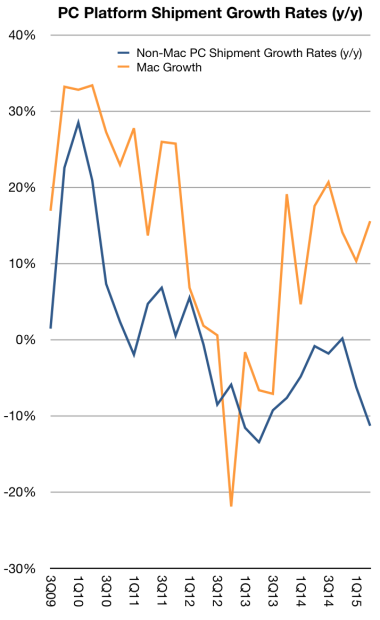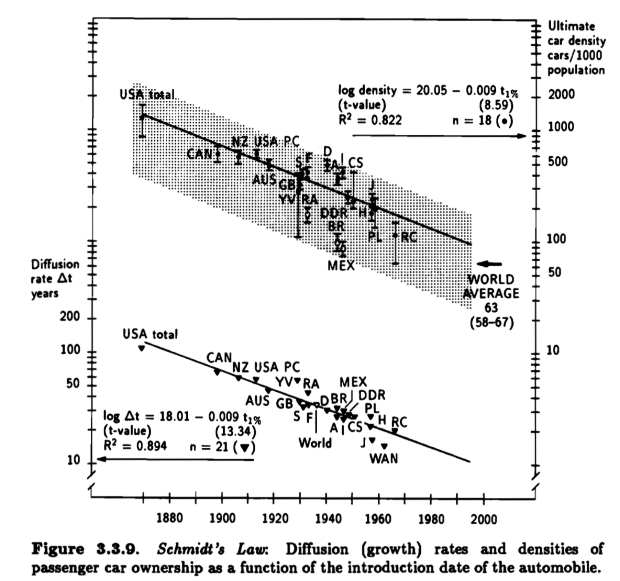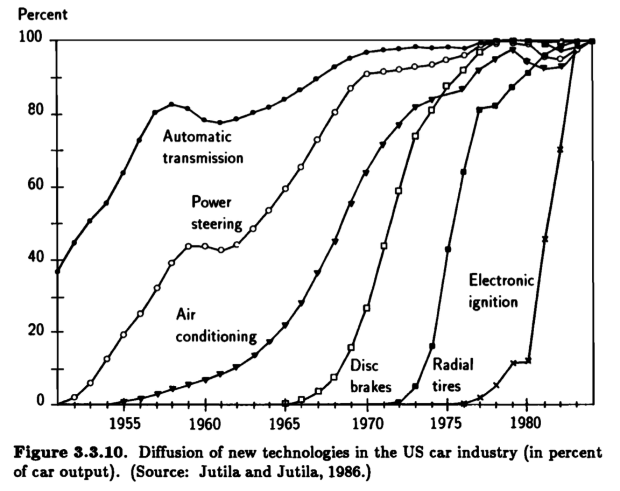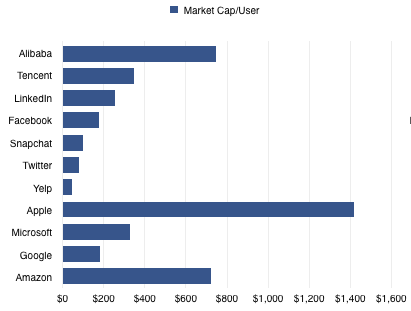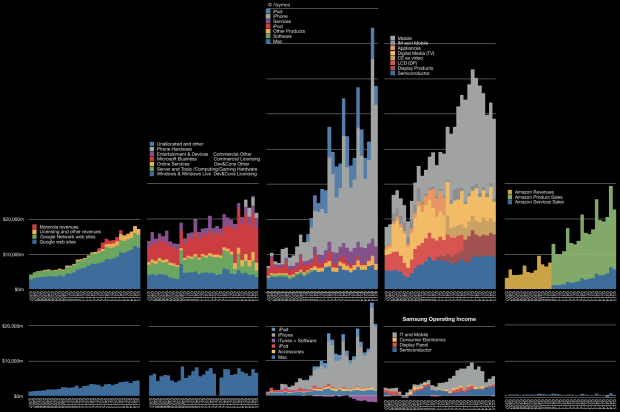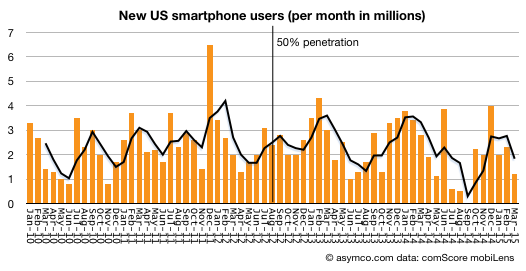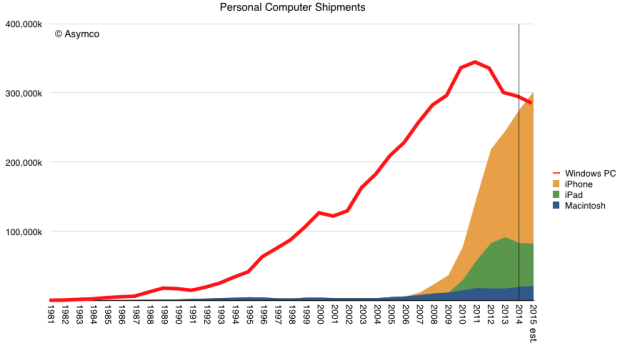Katy Huberty (Analyst – Morgan Stanley): You’ve said in the past that the watch may take longer to ramp given the new category and new interface to customers. Is that, in fact, playing out? Is the watch ramping slower than past product categories?
Tim Cook (CEO): Katy, when you use the word ramp, do you mean from a — I assume you’re talking about supply?
Katy Huberty (Analyst – Morgan Stanley): Yes. Pre-orders and first week in sales and any other data points that you track in terms of interest versus, say, when the iPad launched in 2010?
Tim Cook (CEO): Let me talk about supply and demand and sort of separate those two. Right now demand is greater than supply. And so we are working hard to remedy that.1
We’ve made progress over the last week or so and we’re able to deliver more customers an Apple Watch over the weekend than we had initially anticipated. We’re going to keep doing that. […] So I’m generally happy that the — that we’re moving on with the ramp.
It is a new product for us, and with any kind of new product, you wind up taking some time to fully ramp.
Having said that, I think we’re in a good position. And by some time in late June, we currently anticipate being in a position that we could begin to sell the Apple Watch in additional countries. And so that’s our current plan.2
From a demand point of view, it’s hard to gauge when you don’t have product in stores and so forth. And so we’re filling orders completely online at the moment.
The customer response from people that have gotten theirs over the weekend have been overwhelmingly positive. And we’re far ahead of where we expected to be from an application point of view.
To give you a comparison, when we launched the iPhone we had about 500 apps that were ready. When we launched iPad, we had about 1,000. And so our internal goal was to be able to beat the 1,000 level and we felt — we thought it would be great if we were able to do that by a little bit.
And as I’ve mentioned before, we now have over 3,500 apps in the App Store for the Watch. And so we couldn’t be happier about how things are going from that point of view.
We are learning quickly about customer preferences between the different configurations. There’s a much larger breadth of possibilities here for customers than in our other products. And in some cases, we called that well and some cases we’re making adjustments to get in line with demand.
But I’m really confident that this is something we really understand how to do and will do. And so I’m really happy where we are currently and happy enough that we’re looking forward to expanding into more countries in late June.
[…]
Gene Munster (Analyst – Piper Jaffray and Co.): …question for Luca, in terms of any thoughts on what the margin impact from the Watch as that ramps over the next couple of years?
Luca Maestri (CFO): Apple Watch is, not only a new product, but it’s a brand new category with a lot of new features, a lot of new innovative technologies. And Apple Watch margins will be lower than the Company average.
[…]
Toni Sacconaghi (Analyst – Bernstein): I just wanted to revisit the watch.
Tim, I think you said when you were talking about your new products, you said we’re, quote, very happy with the reception. And in response to a previous answer you said, relative to demand, it’s hard to gauge with no product in the stores.
I would say relative to other product launches where your commentary around demand was characterized by superlative after superlative, that assessment feels very modest. And part of the reason that I ask is, A, are we reading you right in terms of that? But if we look at consensus, consensus is expecting that Apple will ship more watches in its first two quarters than it did iPads, despite, as you said, very limited distribution in terms of only selling through your stores.
So I’m wondering if you can talk a little bit about putting those demand comments in context, given that they do seem different from how you’ve characterized product demand for other products. And how, if at all, we should think about the modeling demand in the context perhaps of the iPad, which was your most recent significant new category? And then I have a follow-up, please.
Tim Cook (CEO): I’m thrilled with it, Toni. So I don’t want you to read anything I’m saying any way other than that. So I’m not sure how to say that any clearer than that.
And in any situation, whether it’s the watch or in the past on iPad or on iPhone, when demand is much greater than supply, it’s difficult to gauge exactly what it is. And so, as you know, we don’t make long term forecasts on here. We maybe forecasts for the current quarter. And so I don’t want to make any comment about the consensus numbers.
Honestly, I haven’t even studied those. We’ve got enough to think about here.
I feel really great about it. The customer response, literally from what I’ve seen, is close to 100% positive. And so it’s hard to imagine it being better.
——-
Excerpts from Apple Earnings Report: Q2 2015 Conference Call Transcript, April 27, 2015.

